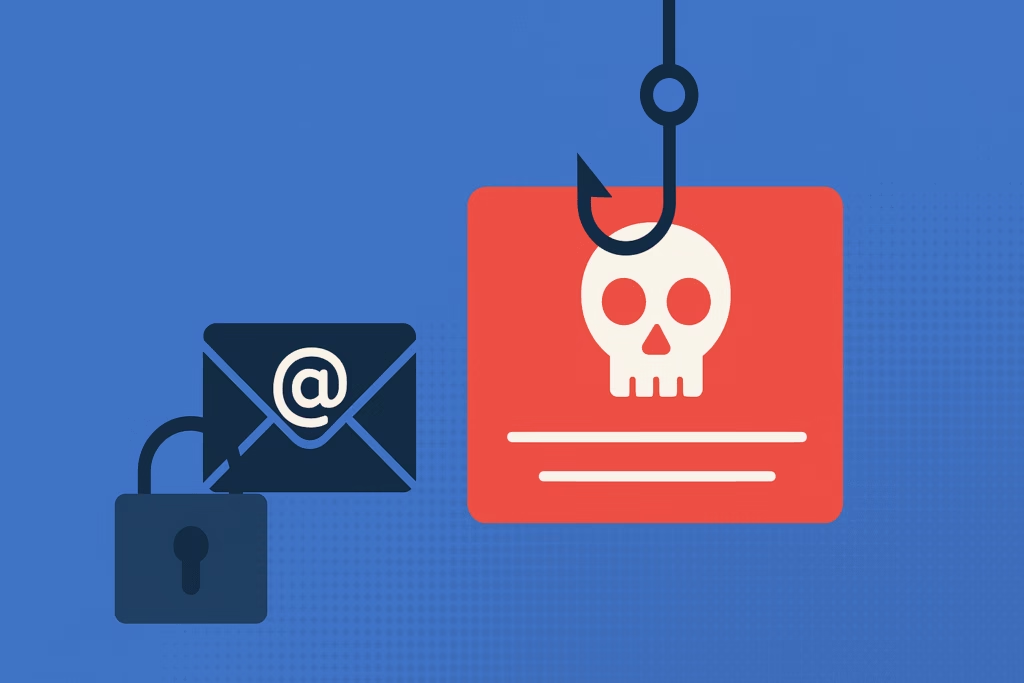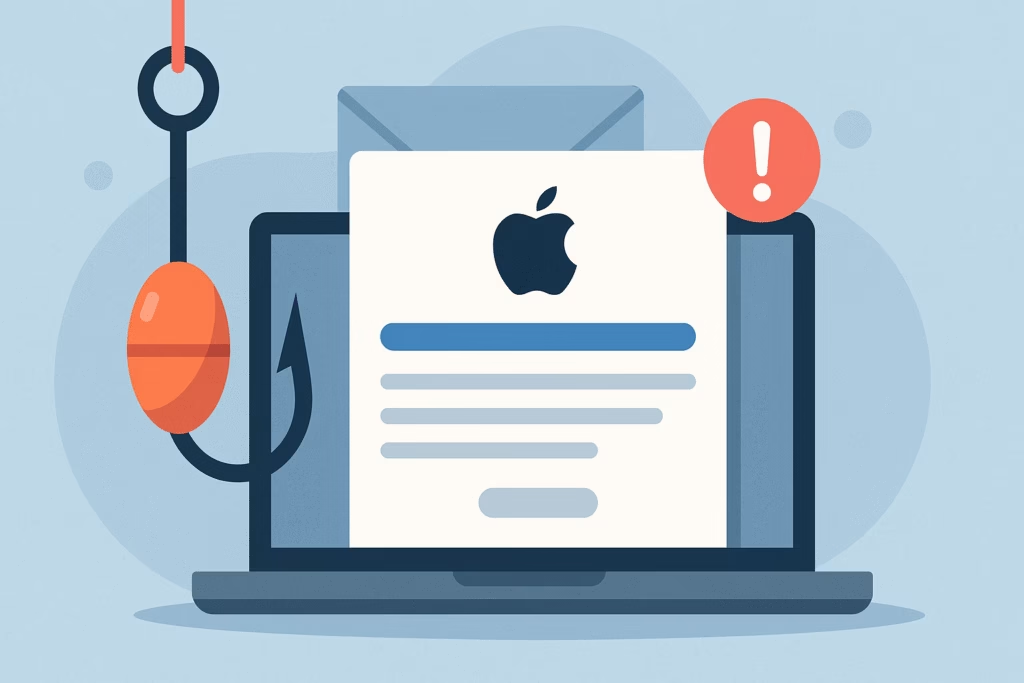
Phone phishing attacks have evolved far beyond the simple “Nigerian prince” scams of the past. Today’s telephone scammers use sophisticated techniques, caller ID spoofing, and social engineering tactics that can fool even tech-savvy individuals. With Americans losing over $8.8 billion to scams in 2022 according to the Federal Trade Commission, understanding how to identify and stop phone phishing attacks has never been more critical.
Unlike email phishing that relies on malicious links and attachments, telephone phishing (also known as “vishing” – voice phishing) exploits human psychology through direct conversation. Scammers create urgency, impersonate trusted organizations, and manipulate victims into revealing sensitive information or transferring money. The personal nature of phone calls makes these attacks particularly dangerous, as they bypass traditional email security filters and rely solely on human judgment.
Understanding Phone Phishing: The Anatomy of Telephone Scams
Phone phishing attacks typically follow a predictable pattern designed to catch victims off-guard. Scammers often begin by creating a sense of urgency or authority, claiming to represent banks, government agencies, or tech companies. They use caller ID spoofing technology to make their calls appear legitimate, displaying trusted phone numbers on your caller ID.
The most successful telephone phishing attacks share several common characteristics:
- Impersonation of authority figures: Scammers pose as IRS agents, bank representatives, or law enforcement officials
- Created urgency: Claims that immediate action is required to avoid consequences
- Request for sensitive information: Asking for Social Security numbers, bank details, or passwords
- Pressure tactics: Threatening legal action, account closure, or financial penalties
- Unusual payment methods: Requesting gift cards, wire transfers, or cryptocurrency payments
Common Types of Phishing Phone Calls
IRS and Tax Scams
One of the most prevalent forms of telephone phishing involves scammers impersonating IRS agents. These calls typically claim you owe back taxes and threaten immediate arrest or legal action unless payment is made immediately. The IRS has repeatedly warned that they never initiate contact with taxpayers through phone calls about unpaid taxes without first sending written correspondence.
Bank and Financial Institution Scams
Financial phishing phone calls often begin with automated messages claiming suspicious activity on your account. When you call back or stay on the line, scammers request your account information, PIN, or online banking credentials to “verify your identity” or “secure your account.” Legitimate banks will never ask for complete account credentials over the phone.
Tech Support Scams
These calls typically involve someone claiming to be from Microsoft, Apple, or another major tech company, stating they’ve detected malware or security issues on your computer. They request remote access to your device or ask you to install software that actually contains malware. Major tech companies do not make unsolicited calls about computer problems.
Medicare and Healthcare Scams
Particularly targeting seniors, these scams involve calls about Medicare benefits, prescription drug coverage, or medical equipment. Scammers often already have some personal information, making the calls seem legitimate. They typically request Medicare numbers or other personal health information.
Red Flags: How to Identify Phone Phishing Attempts
Recognizing telephone phishing attempts requires understanding the warning signs that distinguish legitimate calls from scams. Here are the key indicators to watch for:
Immediate Red Flags
- Unsolicited calls requesting personal information: Legitimate organizations rarely call asking for sensitive data
- High-pressure tactics: Phrases like “act now” or “your account will be closed immediately”
- Requests for unusual payment methods: Gift cards, wire transfers, or cryptocurrency are scammer favorites
- Caller refuses to provide written information: Legitimate organizations can provide documentation
- Generic greetings: “Dear customer” instead of using your actual name
Technical Warning Signs
Modern phone phishing attacks often employ technical tricks to appear legitimate:
- Caller ID spoofing: The displayed number matches a legitimate organization, but the actual caller is elsewhere
- Background noise designed to sound like a call center: Artificial sounds to create authenticity
- Robocalls that connect to live operators: Automated systems that transfer to human scammers
- Callback numbers that don’t match official numbers: Always verify contact information independently
Step-by-Step Guide: How to Handle Suspicious Phone Calls
When you receive a potentially fraudulent call, follow these steps to protect yourself:
During the Call
- Stay calm and don’t provide information immediately: Take time to think, even if the caller creates urgency
- Ask for the caller’s name, organization, and callback number: Legitimate callers will provide this information
- Don’t confirm personal details: Even if the caller has some of your information, don’t verify additional details
- Take notes: Record what the caller says, including any threats or pressure tactics
- Hang up if you feel pressured: It’s always acceptable to end the call
After the Call
- Independently verify the caller’s identity: Look up the official phone number and call back
- Contact your bank or relevant institution directly: Use numbers from official statements or websites
- Report the incident: File complaints with the FTC, your state attorney general, or relevant authorities
- Monitor your accounts: Check bank statements and credit reports for suspicious activity
- Warn others: Share your experience to help protect family and friends
Advanced Protection Strategies
Technology-Based Defenses
Several technological solutions can help reduce your exposure to phishing phone calls:
- Call blocking apps: Services like Hiya, Truecaller, or your carrier’s built-in blocking features
- National Do Not Call Registry: Register your number at donotcall.gov, though this won’t stop scammers
- Carrier-level blocking: Many phone companies offer spam blocking services
- Separate phone numbers: Use different numbers for personal and business purposes
Personal Security Practices
Developing strong personal security habits is crucial for defending against telephone phishing:
- Establish verification procedures: Create specific questions or code words with family members
- Limit personal information sharing: Be cautious about what information you share on social media
- Regular security training: Stay updated on current scam techniques and trends
- Create an emergency contact plan: Know who to call if you suspect you’ve been targeted
What to Do If You’ve Been Victimized
If you’ve fallen victim to a phone phishing attack, quick action is essential to minimize damage:
Immediate Steps
- Contact your bank immediately: Report unauthorized transactions and consider freezing accounts
- Change passwords: Update credentials for all important accounts
- Place fraud alerts: Contact credit bureaus to place fraud alerts on your credit reports
- File police reports: Document the crime with local law enforcement
- Report to federal authorities: File complaints with the FTC and FBI’s IC3
Long-term Recovery
Recovery from phone phishing attacks often requires ongoing vigilance:
- Monitor credit reports regularly: Check for new accounts or inquiries
- Consider identity theft protection services: Professional monitoring can help detect future issues
- Keep detailed records: Document all communications with banks, credit agencies, and law enforcement
- Stay alert for follow-up scams: Scammers often target previous victims with “recovery” schemes
The Role of Comprehensive Phishing Protection
While telephone phishing represents just one vector of attack, cybercriminals often combine phone scams with email phishing, text message fraud, and social media manipulation. A comprehensive approach to phishing protection addresses all these channels simultaneously.
Organizations like PhishDef understand that modern phishing attacks are multi-faceted campaigns that require coordinated defense strategies. By combining employee education, technical safeguards, and incident response planning, businesses and individuals can create robust protection against all forms of phishing, including sophisticated telephone scams.
Building a Culture of Security Awareness
Protecting against phone phishing requires more than individual vigilance—it demands community-wide awareness. Share your knowledge with family members, particularly elderly relatives who are often targeted by telephone scammers. Many seniors grew up in an era when answering the phone was a social courtesy, making them particularly vulnerable to manipulation tactics.
Workplace education is equally important. Train employees to recognize not just email phishing but also telephone-based attacks targeting corporate information. Establish clear protocols for handling suspicious calls and create safe channels for reporting potential security incidents.
Key Takeaways for Phone Phishing Protection
Effective protection against telephone phishing requires a combination of skepticism, knowledge, and proper procedures:
- Never provide personal information to unsolicited callers
- Independently verify caller identity through official channels
- Recognize common pressure tactics and red flags
- Use technology tools to block suspicious calls
- Report incidents to help protect others
- Maintain ongoing security awareness and education
Remember that legitimate organizations will never pressure you for immediate action over the phone, request unusual payment methods, or threaten dire consequences for verification delays. When in doubt, hang up and call back using officially published contact information.
Strengthen Your Phishing Defense Strategy
Phone phishing represents just one element of the complex threat landscape facing individuals and organizations today. As cybercriminals become more sophisticated in their approach, combining multiple attack vectors and social engineering techniques, comprehensive protection becomes essential.
Don’t leave your security to chance. PhishDef offers advanced phishing protection that goes beyond traditional email security to address the full spectrum of social engineering attacks. Our comprehensive platform helps organizations build robust defenses against phishing attempts across all channels, including sophisticated telephone-based attacks.
Take action today to protect yourself and your organization from the growing threat of phone phishing and other social engineering attacks. Contact PhishDef to learn how our advanced protection solutions can safeguard your sensitive information and financial assets against evolving cyber threats.


